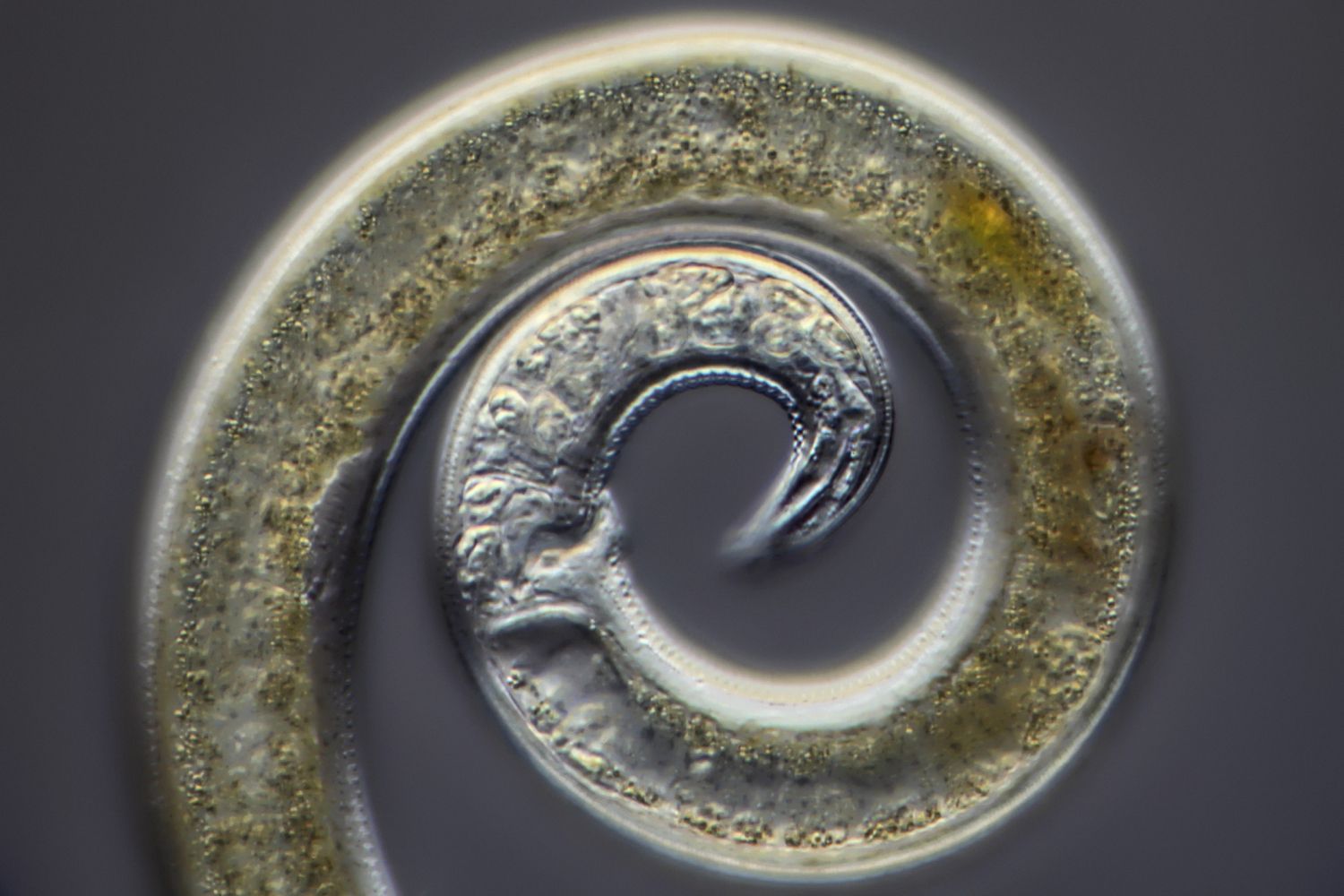
CEID members Michael Yabsley and Christopher Cleveland are authors on a recent paper that has revealed new insights into the prevalence of Baylisascaris procyonis, commonly known as raccoon roundworm, among wild rodents in central Georgia. This zoonotic parasitic nematode, primarily found in raccoons, can infect a range of animals, including humans. The study aimed to determine the prevalence and host range of B. procyonis in both urban/fragmented and rural/agriculture sites.
Researchers trapped 99 rodents of five species using Sherman box traps baited with birdseed, dry oatmeal, and peanut butter, depending on the season. After euthanizing the rodents, they examined brain tissues and digested visceral organs and skeletal muscles to detect the presence of larvae. The results showed that B. procyonis larvae were present in seven of 78 white-footed mice, indicating a 9.0% prevalence with a mean of 4.4 larvae per infected mouse. Infected mice were found at one urban and one rural site, but no significant difference in prevalence was observed between these site classifications; specifically, 14% of white-footed mice at the urban site and 13% at the rural site were infected. The captured rodents exhibited no obvious clinical signs of infection, likely due to the minimized handling time before euthanasia, which could have missed minor symptoms.
This study, published in One Health, emphasizes the need to consider B. procyonis in differential diagnoses for neurologic symptoms in animals in the region. Researches further highlighted the importance of an interdisciplinary approach within a One Health framework to better understand the risks posed by B. procyonis to humans and animals. With raccoons increasingly adapting to urban environments, the risk of transmission to humans and domestic animals grows, underscoring the need for continued surveillance and public health awareness.
Click here for more.
